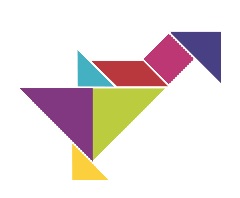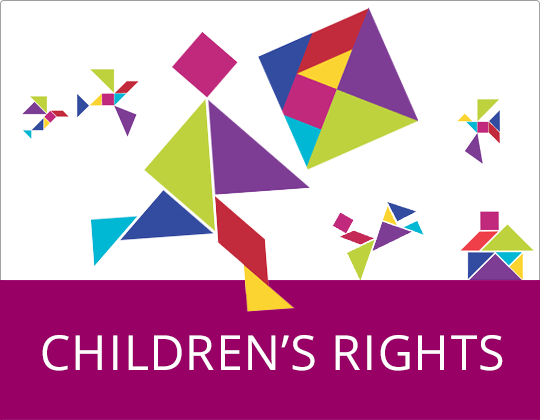Violence against children

Violence against children is a human rights violation, as the United Nations Convention on the Rights of the Child confirms in Article 19. In spite of the many international and regional treaties that protect children's rights, violence against children remains widespread. It occurs in every country in Europe, irrespective of people's geographical origin or social stratum. Albeit in different degrees, violence can deprive children of their well-being and the ability to learn and socialise normally, and it can have devastating effects on their adult-lives.
The Council of Europe addresses the various forms of violence against children through its standard setting, capacity building and awareness raising activities. It is committed to working with and supporting its 47 member States in implementing the United Nations 2030 Agenda for Sustainable Development, in particular its Article 16.2 on ending all forms of violence against children.
In the course of 2020, the Council of Europe will fully launch its "VAC Clearinghouse" - a new online platform on responses to violence against children.



